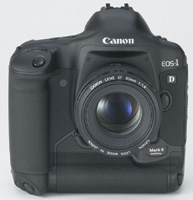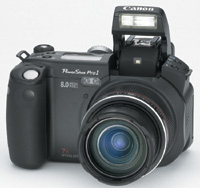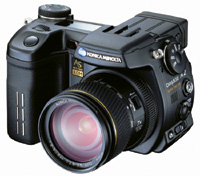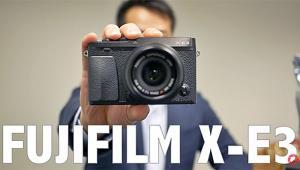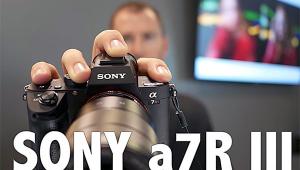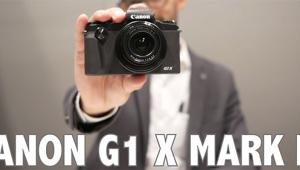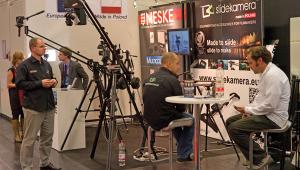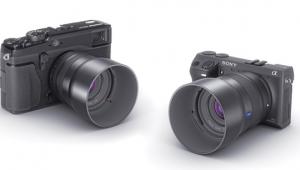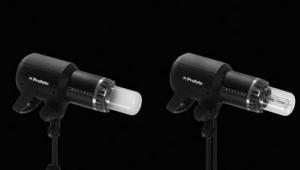The Megapixel Race Heats Up...
The New Class Of 8Mp Digital Cameras Raise Expectations & Issues
Like with all technology
driven product segments, "bigger is better" now applies
to the digicam marketplace. While 5- to 6-megapixel cameras dominated
2003, this year will be when 8-megapixel cameras battle for supremacy.
While the pace of change in the industry has pushed megapixel counts
higher, there are some cautionary notes, which will only be resolved
by getting our hands on these cameras, most of which were not available
as we went to press. |
||||
Despite these apparent drawbacks
we don't think this trend toward higher megapixel counts will stop.
Before we have a look at the current crop, let's do a quick review
of some of the issues that these, and all digital cameras, have to deal
with. Digital 8-Megapixel
SLRs 8-Megapixel Digicams |
||||
Sony F828 Canon PowerShot Pro1 Konica Minolta DiMAGE
A2 Nikon Coolpix 8700 Olympus C-8080 Wide
Zoom Summary |


